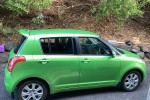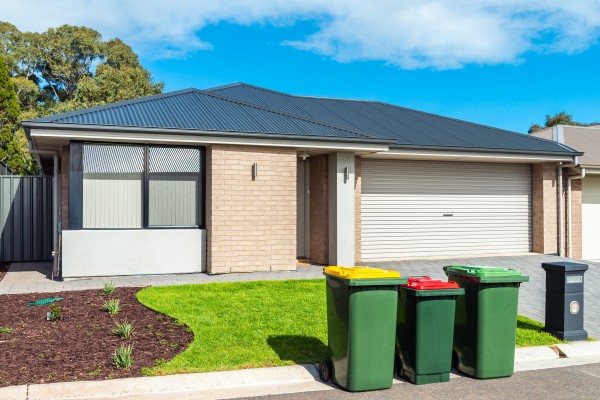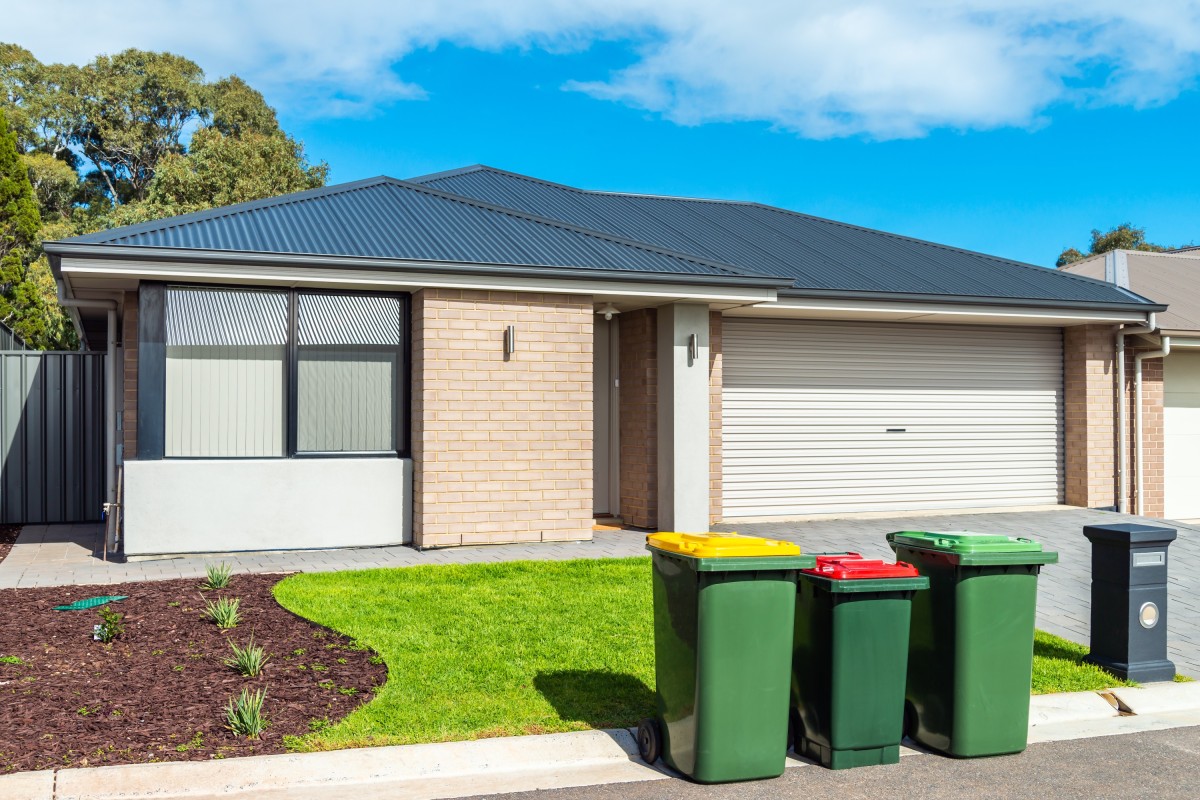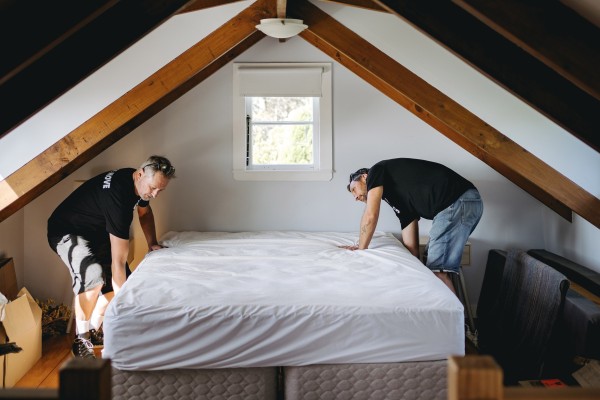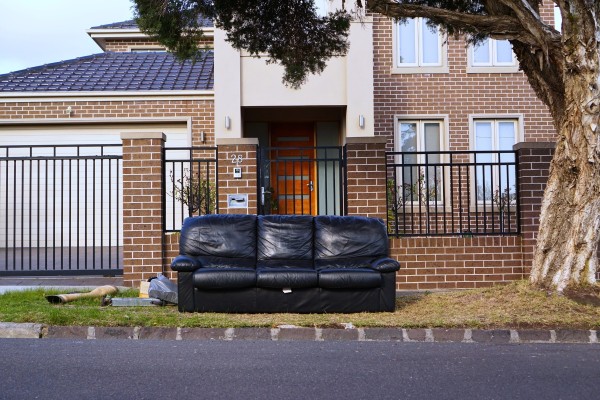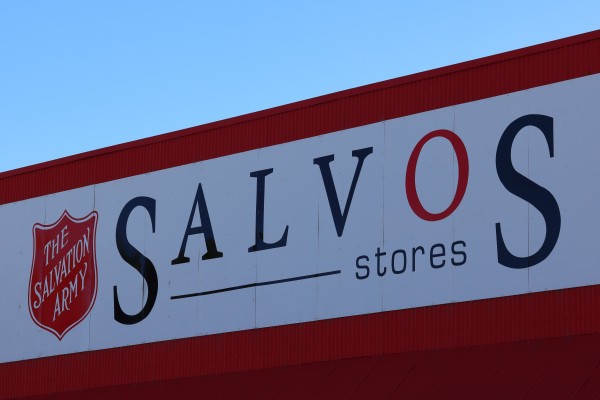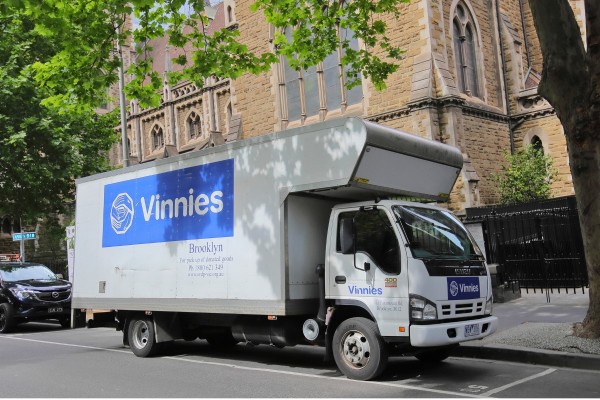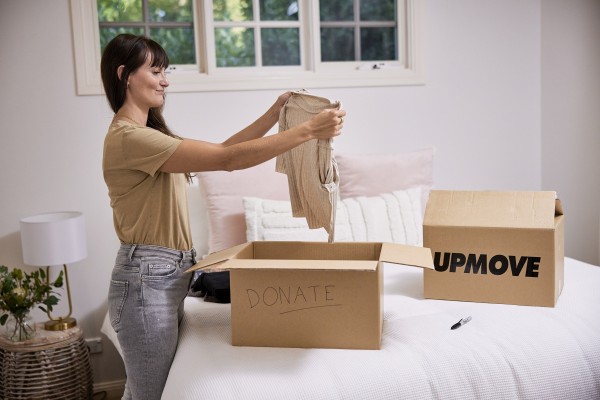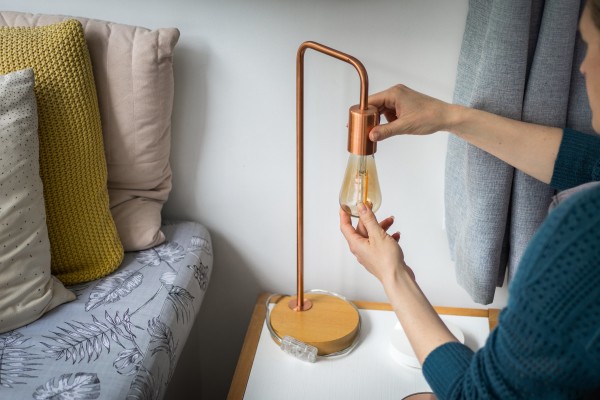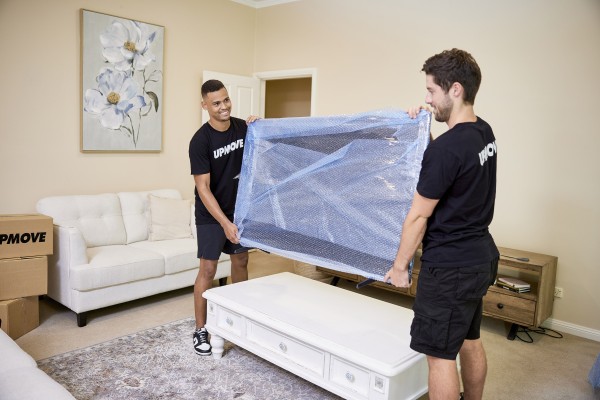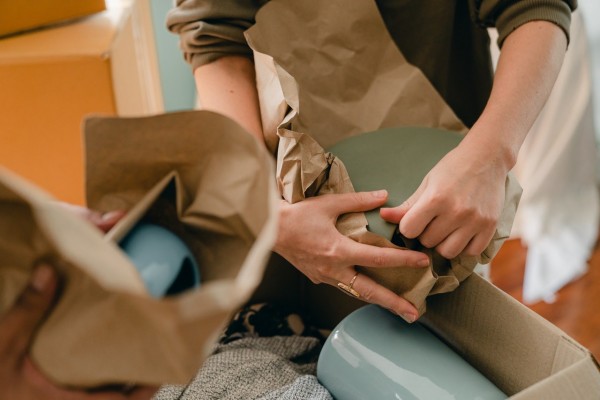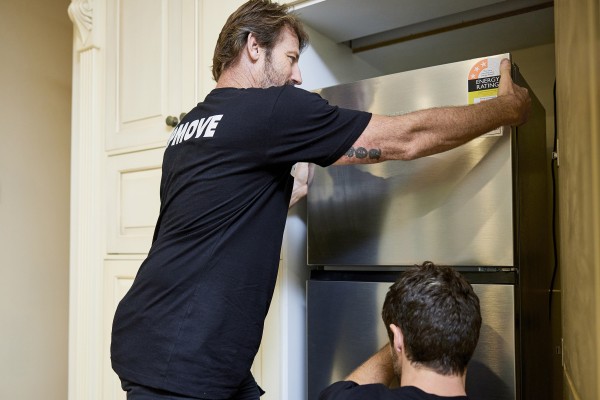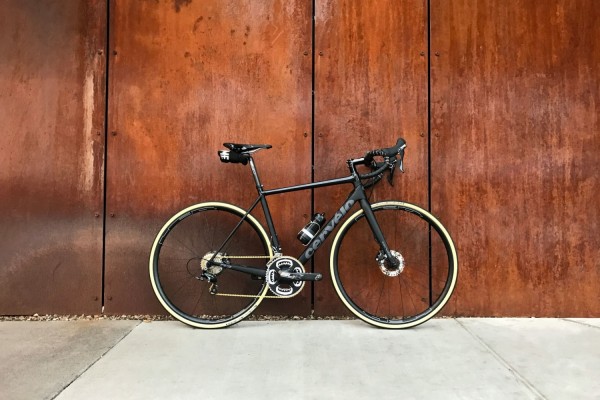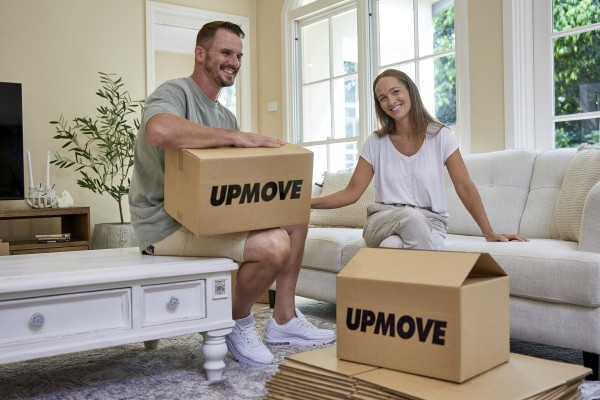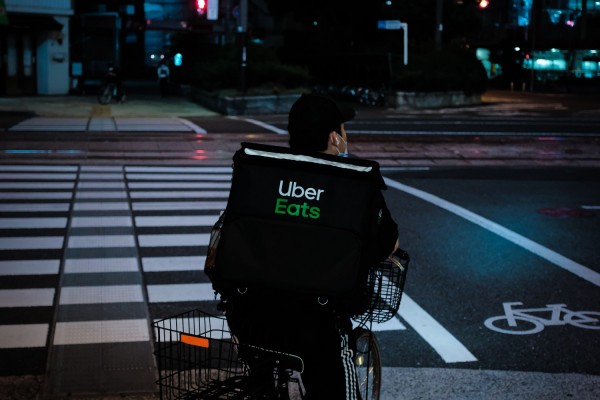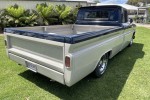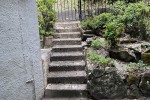Where and how to recycle e-waste
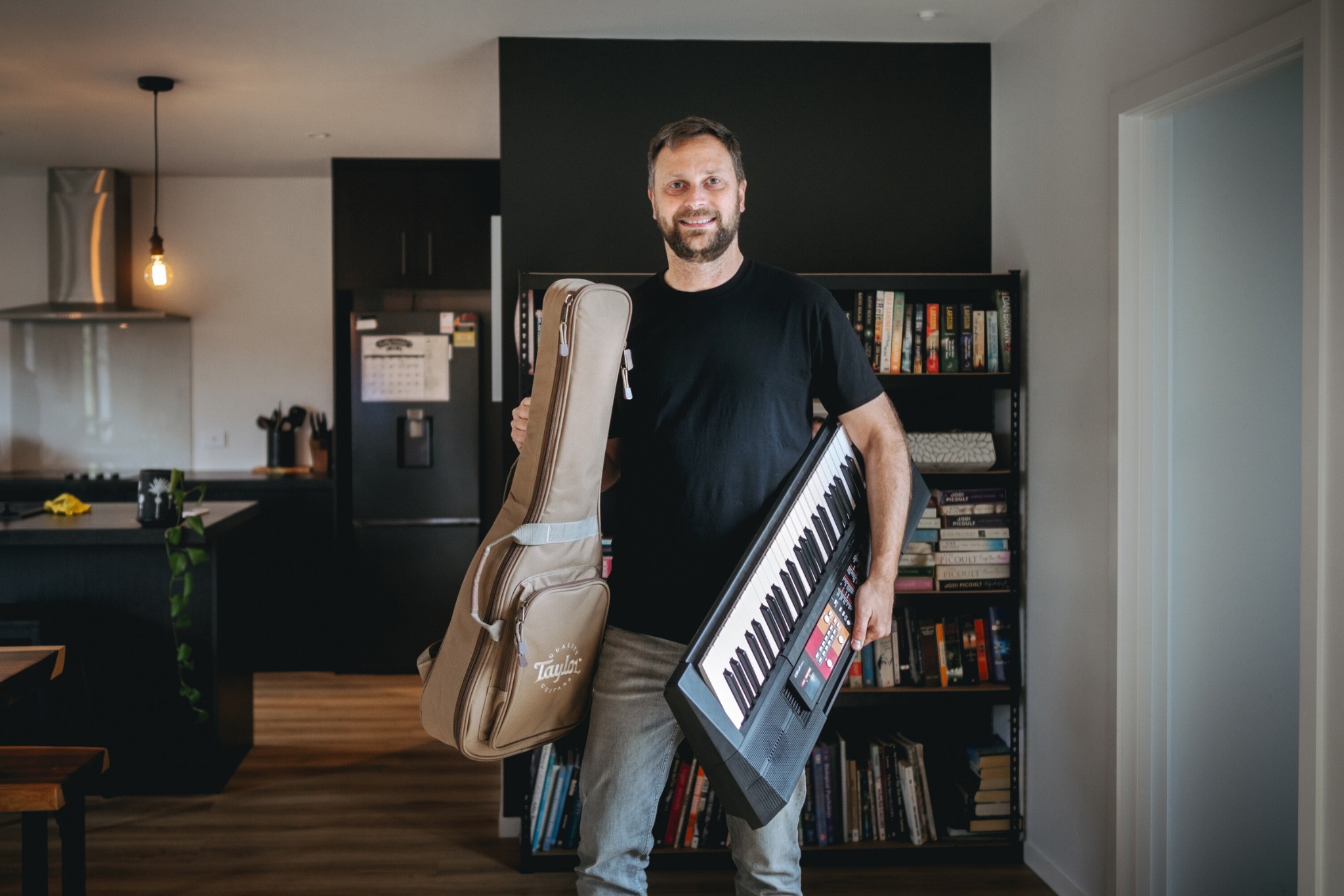
E-waste, or electronic waste, is a growing issue that affects us all. It includes everything from old smartphones and computers to broken appliances. As technology advances, we’re generating more e-waste than ever, which can be harmful to the environment if not disposed of properly.
The good news is that recycling e-waste helps protect our planet and recover valuable resources.
In this article we’ll share how to recycle, where to recycle, and why it’s so important.
What is e-waste?
E-waste, or electronic waste, is basically any discarded electronic device. Think old smartphones, outdated computers, broken TVs, and even appliances. As technology keeps evolving, we’re generating more e-waste than ever.
In 2019, 511,000 tonnes of e-waste was generated in Australia with Aussies producing an average of 20kg per person. This is compared to a global average of just 7 kg.
In Australia, the average person contributes roughly 20 kg of e-waste each year.
And, this figure is on the rise. The annual global generation of e-waste is currently growing by 2.6 million tonnes a year, and this number is on track to hit 82 million tonnes by 2030 - that’s an increase of 33%. Based on these figures, Australians are expected to contribute an estimated 657,000 tonnes a year in just 5 short years from now.
One of the biggest problems around e-waste is that it is responsible for 70% of the toxic chemicals in landfill including lead, cadmium and mercury.
While this all seems pretty grim, there are simple recycling steps we can all take to help reduce the environmental impact of toxic waste.
What e-waste items can you recycle?
Recyclable e-waste covers any broken or unused items that can be plugged in or powered up.
Here’s a quick rundown of some of the e-waste items you can recycle:
Where can you recycle e-waste?
There are a number of different organisations and initiatives across Australia working to increase e-waste recycling and reduce the level of e-waste that ends up in landfills.
Where you drop off your e-waste for recycling will depend on the item.
To make things a little easier, we’ve broken down some of the different options for:
Computer recycling
The Australian Government set up the National Television and Computer Recycling Scheme (NTCRS) as an easy way to recycle old tech. It provides Australian households and small businesses with free access to e-waste collection and recycling services.
The scheme accepts a range of items, including:
If you have a modem or router, be sure to check before you make a trip to the recycling centre as not all services accept these items.
Ink cartridge recycling
Used or empty ink, laser or toner cartridges and toner bottles can be dropped off free of charge at any local Officeworks store or participating Australia Post, Cartridge World , Harvey Norman, The Good Guys , JB Hi-Fi, Office National and Office Products Depot outlets.
Phone recycling
You should never toss mobile phones, landline phones, chargers, or mobile accessories in your household recycling bin. While they can be recycled, they must be taken to designated collection points such as:
-
More than 3,000 free public drop-off points across Australia including Optus, Telstra, Vodafone, and Officeworks stores.
-
MobileMuster. You can request a pre-paid satchel or grab one from your local Australia Post store. If you’d rather use your own packaging, just download a pre-paid label and drop your package off at a post office or post box.
Battery recycling
Batteries are considered hazardous and as such, should never be placed in with regular waste or in recycling bins. In some cases they can create sparks that can lead to fires inside rubbish trucks or at the recycling facility.
There are safer ways to recycle your battery e-waste. Here are some options:
-
Aldi: Provides a complimentary battery recycling service at all its supermarkets across Australia.
-
Battery World: Operates a recycling initiative with drop-off points available at the majority of its stores.
-
Bunnings: Offers a battery recycling program that includes power tool batteries, with collection units conveniently located at the entrance of each store.
-
Woolworths: Includes in-store collection points for recycling batteries and mobile phones.
The benefits of e-waste recycling
-
It helps protect the environment: e-waste can contain harmful substances like lead and mercury that can seep into our soil and water if tossed in landfills. Recycling helps keep these toxins out of our ecosystem.
-
Recycling recovers valuable resources: Many old devices hold precious materials like gold, silver, and copper. When we recycle, we can recover these materials and reuse them, which reduces the need for mining new resources.
-
It saves energy: Recycling e-waste typically takes less energy than making new products from scratch. This means lower greenhouse gas emissions, which is great for our planet.
E-waste recycling tips
- Get really clear on what counts as e-waste using our tips and information above. By understanding what qualifies as e-waste you’ll ensure proper disposal.
- Don’t get tempted to just toss e-waste in the bin as this can be dangerous for those transporting it. As mentioned, it can also be extremely damaging for the environment if e-waste ends up in landfill.
- Research local recycling programs. Check with your local council, environmental organisations, and retailers to find out where you can drop off your old electronics. We’ve outlined the main locations above, but each region across Australia will also have its own unique services.
- Remove personal data. Before recycling any electronic device, ensure you wipe all personal data. For computers and smartphones, perform a factory reset or use data-erasing software to protect your privacy. For hard drives, consider physically destroying them if they contain sensitive information.
- Don’t forget your accessories. Items like chargers, cables, and batteries also fall under e-waste. Make sure to recycle these items alongside your larger devices.
- Consider repair or reuse. Before you decide to recycle, think about whether your device can be repaired or reused. Many items can have a second life, whether it’s fixing a broken phone or donating a working computer to a local charity.
E-waste facts
-
In Australia, the average person contributes roughly 20 kilograms of e-waste each year.
-
Australia is among the top four nations for e-waste generation per capita.
-
Most Australian households have about 17 electronic devices, yet only 23% of us actually recycle them.
-
Currently, just over half of all e-waste generated is collected, but alarmingly, 80% of that is processed using low-efficiency methods. As a result, valuable materials like lithium and cobalt often go unrecovered.
-
In 2019 alone, the manufacturing and importing of products bought in Australia were responsible for an estimated nine million tonnes of carbon dioxide emissions.
Together we can make the planet a better place
Tackling e-waste is something we can all get behind to help our planet. By understanding what e-waste is, and the negative impact it can have, we each can take steps to recycle it responsibly.
Every little action makes a difference—whether it’s recycling your old gadgets, donating working devices, or choosing to repair instead of replace.
What do our customers say?
